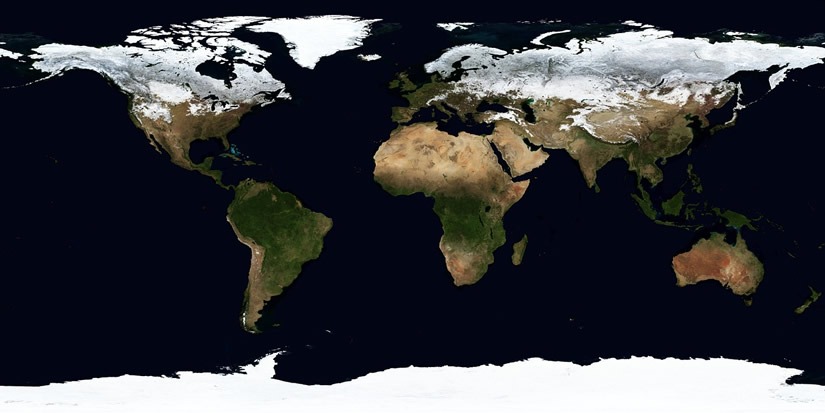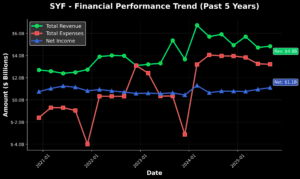On Wednesday, US stock indices showed mixed performance. The Dow Jones (US30) Index fell by 0.16%. The S&P 500 (US500) declined by 0.01%. The technology-heavy Nasdaq (US100) closed higher by 0.55%. The Federal Reserve announced a 25 basis point (bps) cut to the federal funds rate, bringing it to 4.00% at its October 2025 meeting, a move that fully aligned with market expectations. This was the second consecutive cut after the September decision. The regulator noted increasing risks in the labor market in recent months, while inflation has accelerated since the start of the year and remains relatively elevated. During the press conference, Chairman Jerome Powell stressed that a rate cut in December is not guaranteed, although investors still price in a high probability of another 25 bps move, consistent with the Fed’s September forecasts. Additionally, the central bank announced that the reduction of its balance sheet (Quantitative Tightening) will conclude on December 1st.
The Bank of Canada (BoC) cut its rate to 2.25% and signaled a potential pause in the easing cycle. The regulator indicated that the easing cycle is likely nearing its end, provided the baseline economic forecast remains unchanged amidst ongoing uncertainty. The Governing Council noted that trade conflict has caused structural damage to the economy, reducing its potential, which aligns with the 1.6% year-over-year GDP decline in the second quarter.
G7 nations plan to establish a critical minerals alliance to counter China’s dominance in global supply chains. The alliance aims to reduce China’s market influence, including its practice of dumping to push out Western projects and the imposition of export controls. Canada, in particular, expects economic benefits, leveraging its domestic resource base and ready-to-go infrastructure projects.
European stock markets traded with mixed dynamics yesterday. Germany’s DAX (DE40) fell by 0.64%, France’s CAC 40 (FR40) closed down 0.19%, Spain’s IBEX35 (ES35) gained 0.39%, and the UK’s FTSE 100 (UK100) closed 0.61% higher. Contradictory corporate results amplified uncertainty regarding the region’s economic outlook. The banking sector was the leader of the gains: Santander added 4% after publishing a record nine-month profit, and Deutsche Bank rose by 5% on strong investment division results. Mercedes-Benz climbed 4.3% as growth in premium segment sales ensured margin expansion and compensated for a decline in China revenue.
Today, the ECB will hold its monetary policy meeting. There is an almost 99% probability that the interest rate will remain unchanged at 2.15%. This stands in contrast to the situation at the US Federal Reserve (Fed).
WTI crude oil prices rose on Wednesday to around $60.6 per barrel due to a reduction in inventories. According to the EIA, US crude oil stocks fell by 6.9 million barrels, a more significant drop than expected. Gasoline and distillate inventories also decreased, while stocks at the Cushing, Oklahoma, hub increased. Indian refineries temporarily halted new purchases pending official instructions, though the state-owned IOC confirmed it would continue imports under contractual obligations. However, some analysts doubt that the sanctions will lead to a significant supply reduction, given reports that OPEC+ may consider another production increase at its next meeting to stabilize the market.
Asian markets also traded with mixed results yesterday. Japan’s Nikkei 225 (JP225) surged 2.17%, China’s FTSE China A50 (CHA50) gained 0.10%, Hong Kong’s Hang Seng (HK50) fell by 0.33%, and Australia’s ASX 200 (AU200) posted a negative result of 0.96%.
The Bank of Japan (BoJ) kept its key short-term rate at 0.5%, holding borrowing costs at their highest level since 2008 and extending the pause after the January hike. The regulator reiterated its readiness to tighten policy further if the economy evolves within its outlook. In its quarterly projections, the BoJ maintained its core inflation estimate for the 2025 fiscal year at 2.7%, expecting it to slow to 1.8% in 2026. The GDP growth forecast for 2025 was improved from 0.6% to 0.7%, facilitated by a new trade agreement with the US and the policies of Prime Minister Sanae Takaichi’s cabinet.









